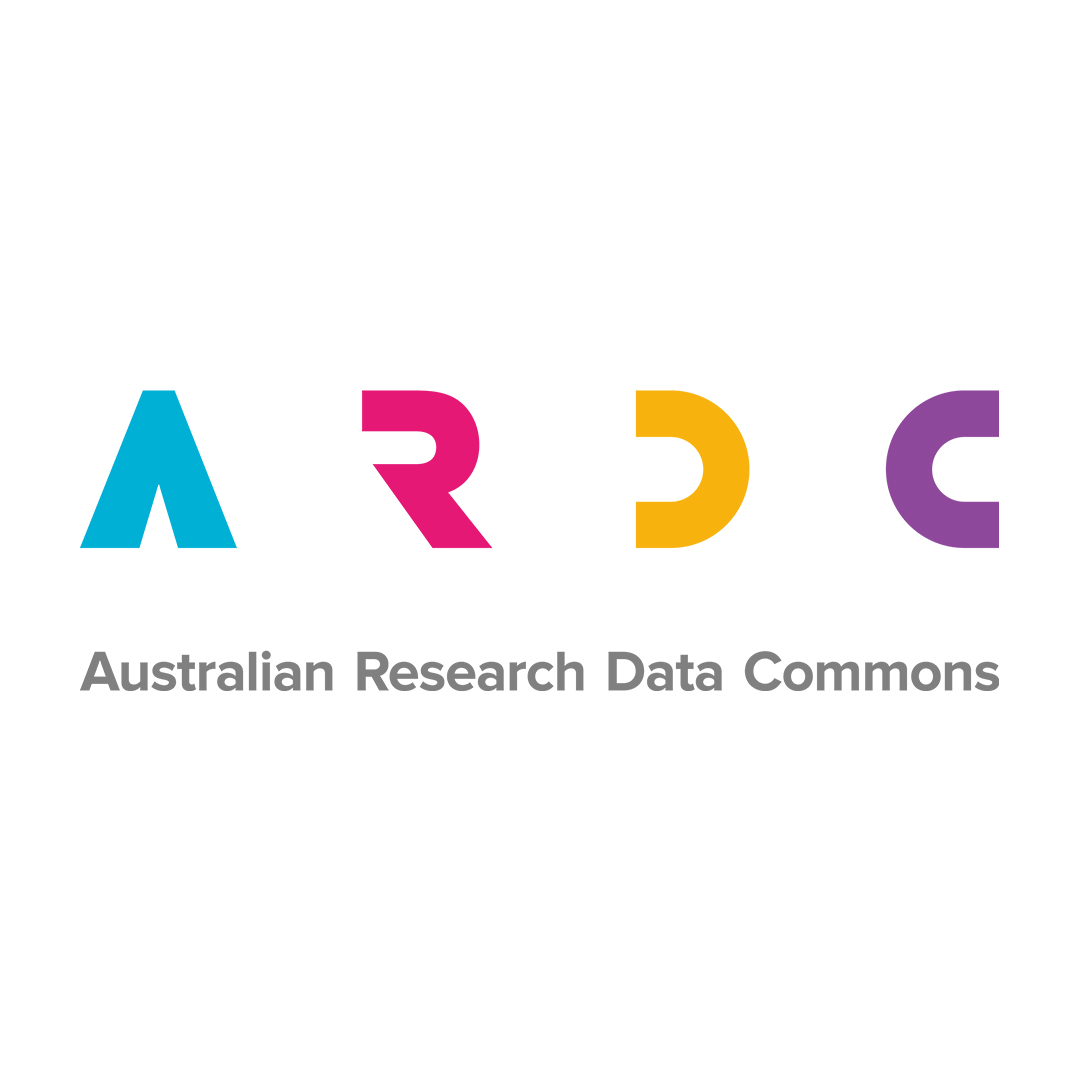Full description
tACS treatment frequency will be determined during an EEG recording (see EEG assessment section below for details on EEG recording equipment). During the EEG recording, the N-back working memory task will be administered to participants to elicit theta oscillations, and the Sternberg working memory task will be administered to elicit alpha oscillations. Stimulation frequency will then be set to each individual’s theta and alpha frequency measurements, depending on the treatment allocated. The current of tACS delivered 48,000 cycles (i.e. 20 mins) with no DC current offset. The current ramps gently over a period of e.g. 5-10 seconds to the desired peak for patient comfort. The stimulator fade in and fade out was specified to 100 cycles at the beginning and end of stimulation. A pair of 5x5cm electrodes placed within saline soaked sponges and a purpose-built battery-driven constant stimulator will deliver the current. The electrodes will be placed over the left pre-frontal cortex on F5 and, over the right pre-frontal cortex on F6, located using the 10-20 EEG position. This electrode montage has been modelled to show a reasonably widespread current flow through fronto-central cortical and frontal subcortical regions.Notes
HeSANDA 1.0.0Created: 2023-07-06
Updated: 2023-07-17
Issued: 2023
Subjects
User Contributed Tags
Login to tag this record with meaningful keywords to make it easier to discover
Identifiers
- DOI : 10.26180/23632266



